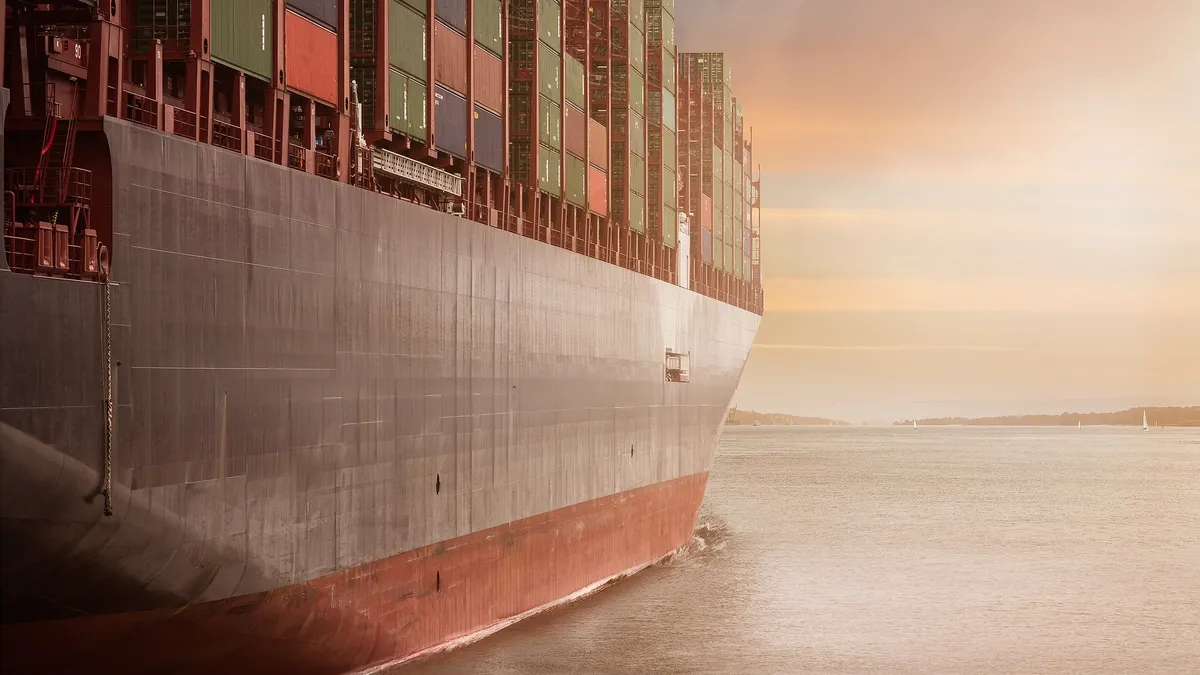Dive Brief:
- The Trump administration is working to slow the rollout of ocean shipping fuel emissions regulations aimed at reducing air pollution from sulfur, according to Reuters.
- The International Maritime Organization (IMO) rules are set to go into effect in Jan. 1, 2020, banning the use of fuels with more than 0.5% sulfur, down from the current standard of 3.5%. Maersk Line, CMA CGM, Hapag-Lloyd and OOCL have all announced new surcharge mechanisms to pass on the cost to shippers.
- A Whitehouse spokesperson told reporters Thursday the desired delay is to protect consumers from fuel price increases that could result from the massive shift in the types of fuel used by the ocean shipping industry.
Dive Insight:
The United States is not the only country balking at the implementation schedule. The Bahamas, Panama, Liberia, and the Marshall Islands have all made public objections that the IMO has rebuffed.
Proponents of the rules, including Jason Bordoff, director of the Center on Global Energy policy at Columbia University and former advisor to President Obama, say that these protests are unnecessary as waivers to delay implementation if fuel availability becomes an issue exist and because the rule changes were approved nearly ten years ago.
A few reactions: 1) These rules deliver HUGE health benefits by reducing SO2 2) Industry has known about them for YEARS 3) Many have invested billions to comply, incl many US refiners & shippers 4) There's waiver authority in case lack of fuel availability.
— Jason Bordoff (@JasonBordoff) October 18, 2018
Energy analysts told Reuters the IMO rulemaking procedure is such that a change to the enforcement deadline could not be approved before the new standards go into effect.
The move may be more about politics than true objection to the regulations, reported The Wall Street Journal, as presidents are often wary of any rise in consumer fuel prices before consequential elections. As things stand, the IMO rules could raise business costs significantly in the two years ahead of presidential elections in 2020.
The International Energy Agency said in March that, though supply of gasoil is likely to tighten following the implementation of the new rules, consumption should fall back to 2019 levels by 2023. Nonetheless, the agency is expecting a 20% hike in gasoil prices in 2020.













